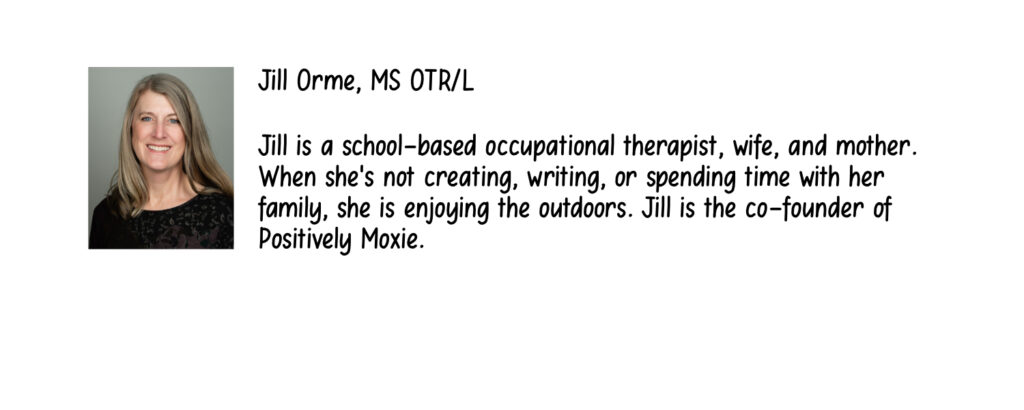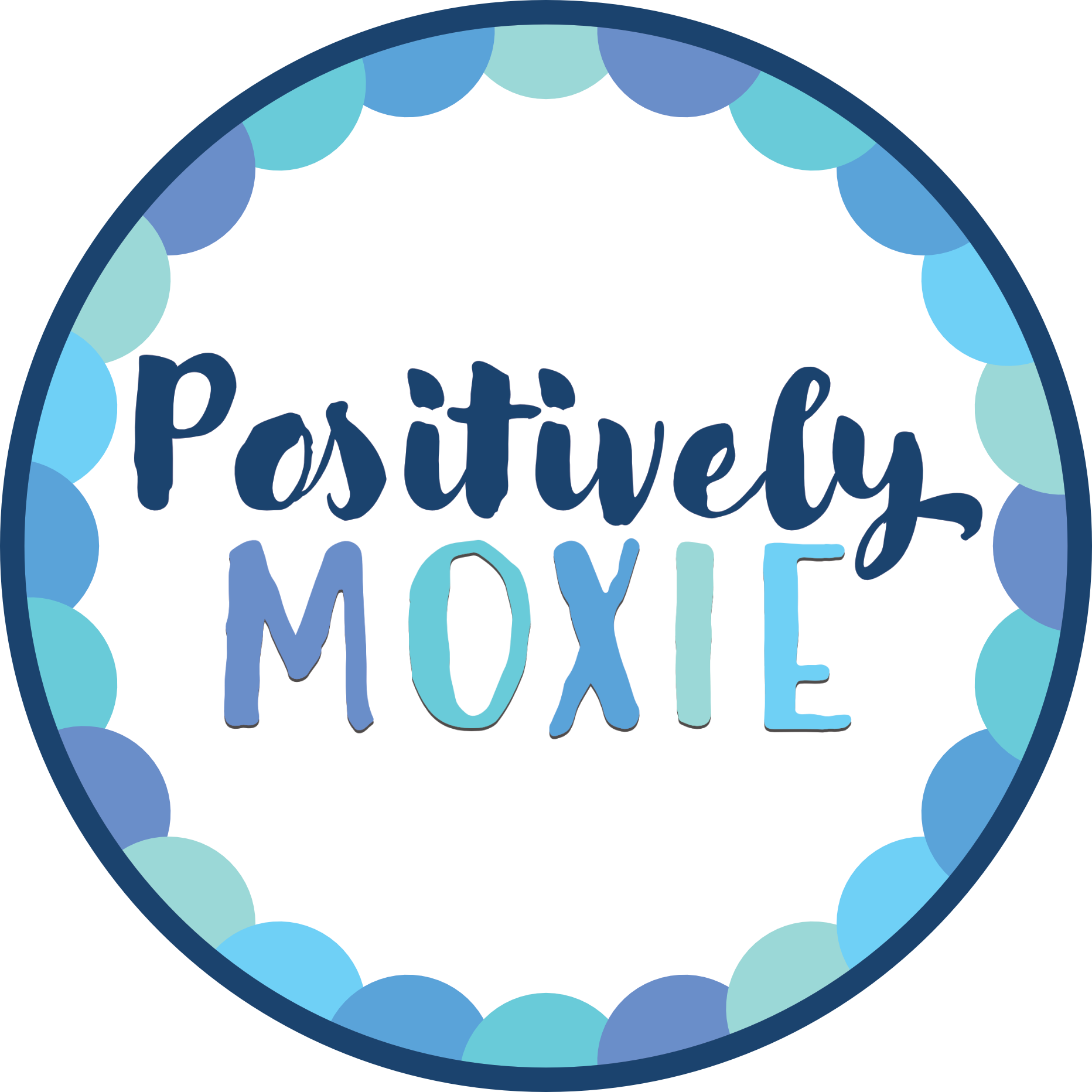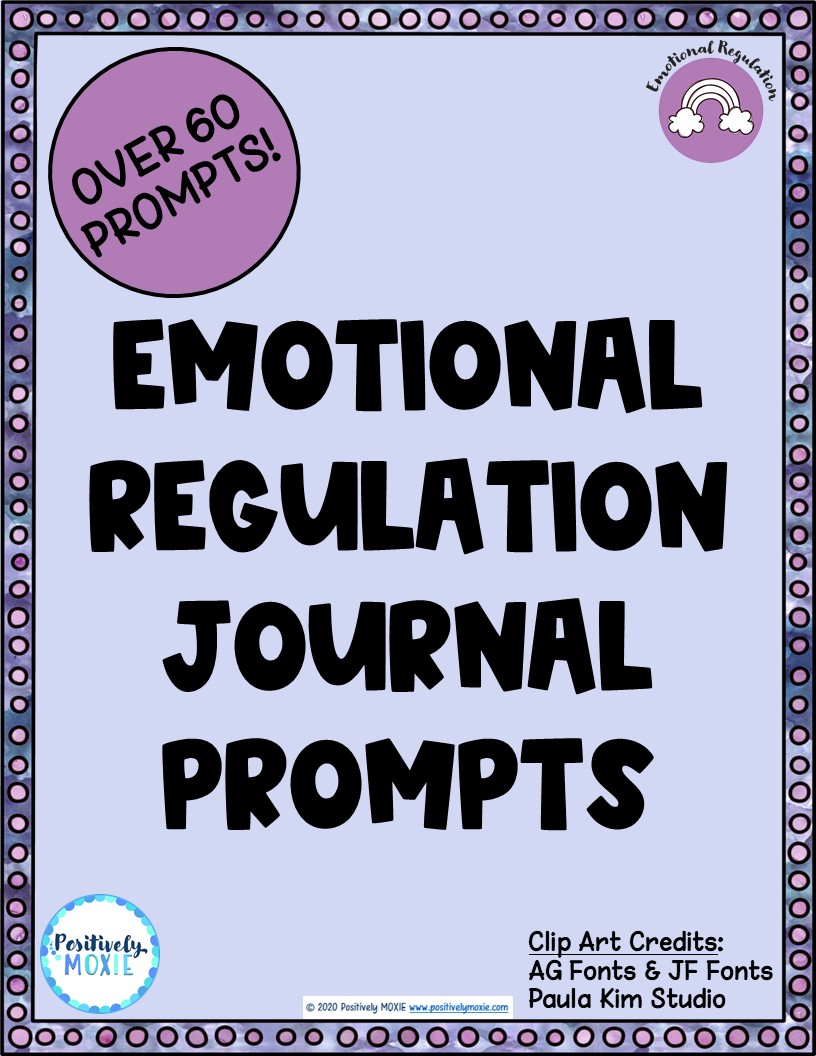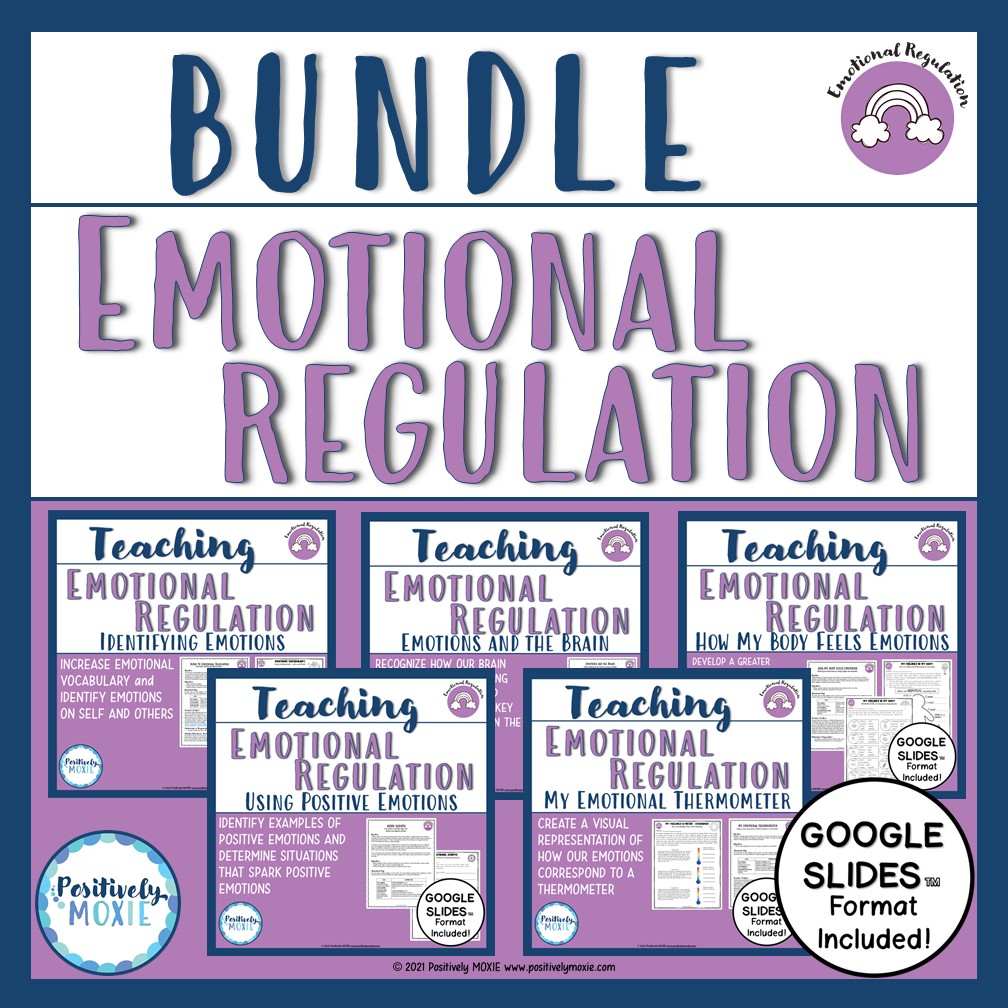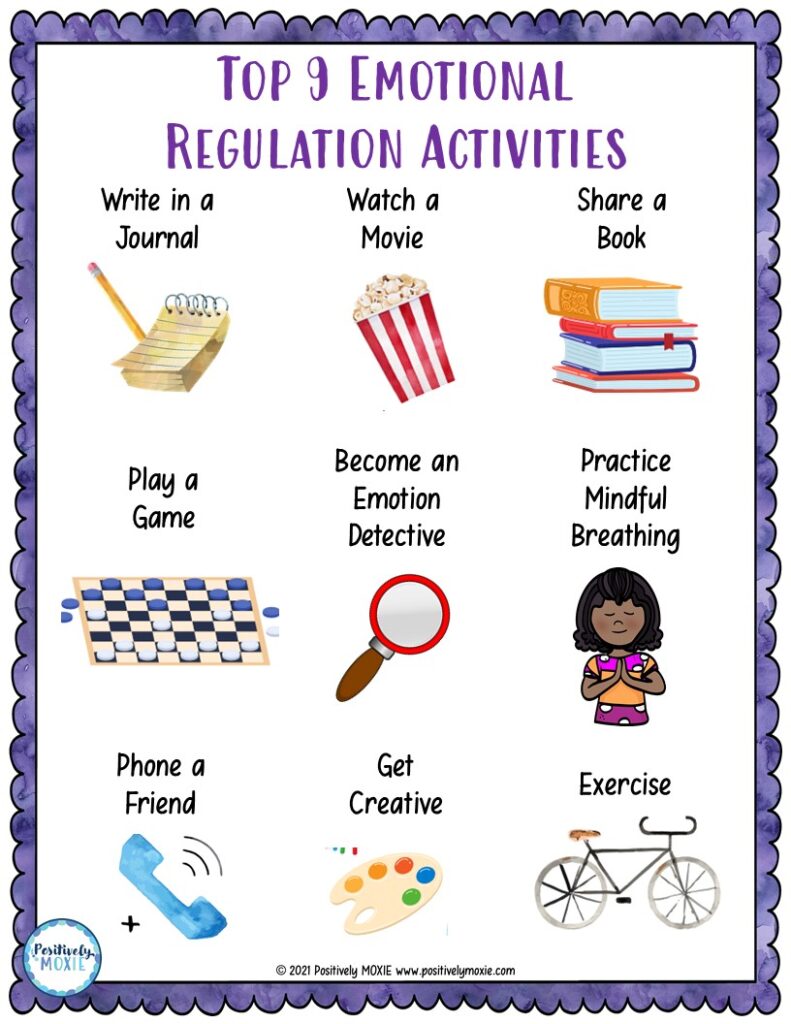
How do we help our kids understand their emotions? Emotional regulation activities for kids help them learn how to process the rainbow of emotions that they feel.
In a broad sense, emotional regulation is our ability to understand how to manage our emotions in order to get things done. Specifically, it allows us to have empathy, greater connectedness, and better self-care. We can help our kids learn emotional regulation by providing opportunities to learn within naturally occurring activities. This allows us to better manage our emotions and respond to daily challenges.
Humans are complex. We think, feel, and react differently. As humans, we experience a whole range of emotions, from excitement to sadness, from fear to joy. We need to understand our own emotions before we can recognize and understand the emotions of others. Sometimes we can easily identify and manage our emotions, other times they overwhelm us.
Understanding our emotions form the foundation of our ability to self-regulate. When we have trouble controlling our emotions lead to negative behaviors such as saying unkind words, hitting, or worse! Not all kids act out when upset. Some youth go inward and become sad or worried. Kids who can bounce back more quickly from disappointment are less likely to become derailed by overwhelming emotions. When kids can self-soothe when upset, they are better equipped to ask for help when they need it. When we provide emotional regulation activities for kids, they learn to become more emotionally “fit.” Kids learn to increase their capacity to create a balance of naming, understanding, and managing their emotions. This positively impacts their overall well-being.
This list of 9 emotional regulation activities for kids helps them learn ways for regulating their feelings within everyday experiences.
1) WRITE IN A JOURNAL
The use of journaling is an insightful way to put down in words the feelings and experiences that may be too difficult to say out loud. Journaling requires us to look inside ourselves. When we journal, we may find greater meaning in our experiences. We can learn to view things from a new perspective. In addition, we may even learn to see a “silver lining” in stressful or negative experiences. Whether choosing to “free write” or reflect by writing answers to targeted questions, we gain insight into our emotions.
2) WATCH A MOVIE
Watching movies is a fun way to experience storytelling through a different lens. They allow us to be “transformed” into a different world. We learn from another’s story — his or her conditions, thoughts, and feelings. Furthermore, movies offer great opportunities to discuss characters and events with young people. Asking youth open-ended questions about characters and plots allows for reflection and a greater understanding of emotional currents within a movie.
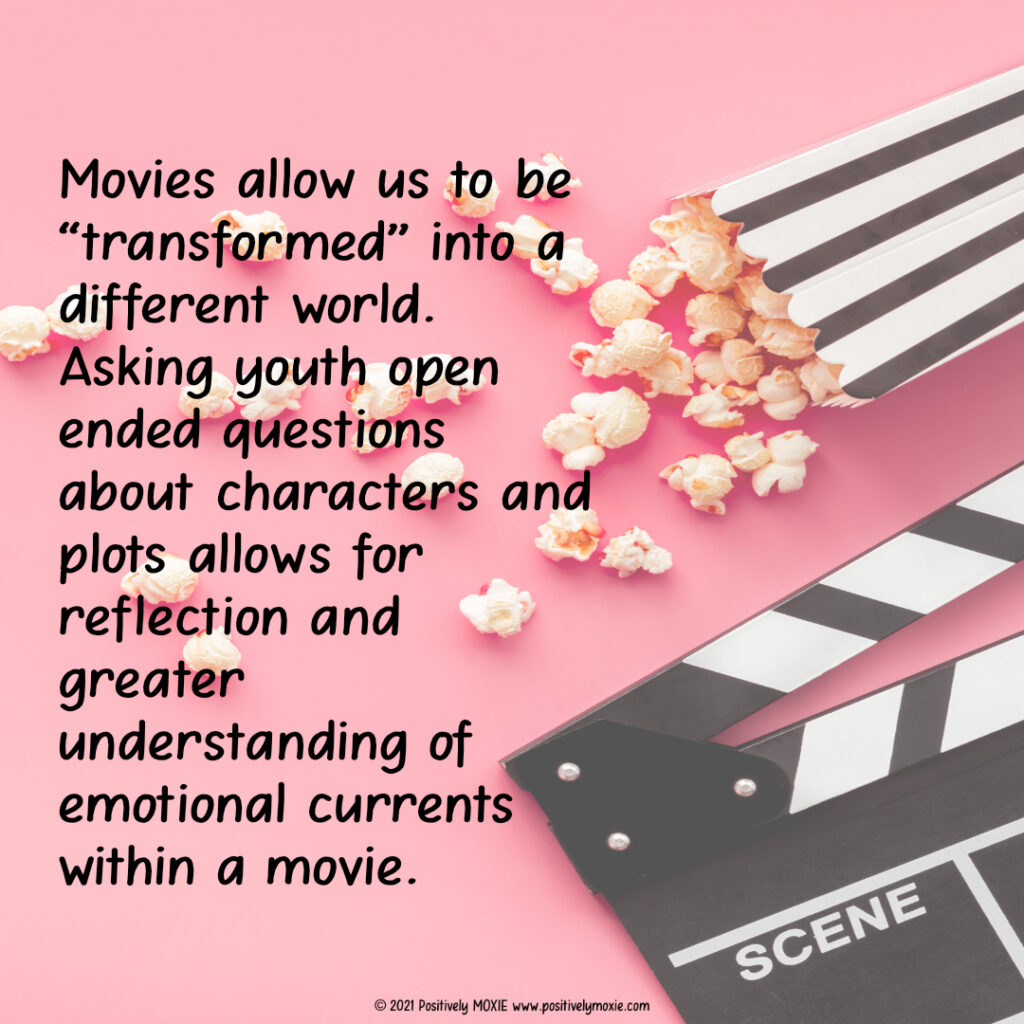
3) SHARE A BOOK
Like movie watching, we gain perspective when listening to the story of someone else. We try to understand his or her thoughts, feelings, and actions. Reading a story is a powerful way to learn another’s viewpoint and feelings. Teach kids about emotions and help them learn about emotional regulation through the power of books. Questions to ask for greater reflection might include:
What does the character feel in this story?
Why does he or she feel that way?
Explain why you think this character has these feelings.
What happened to the character that gave you clues to help you understand what he or she is feeling?
If the same thing happened to you would you have the same feeling(s) and/or reaction(s)?
When was the last time you felt the same feeling(s) as the character?
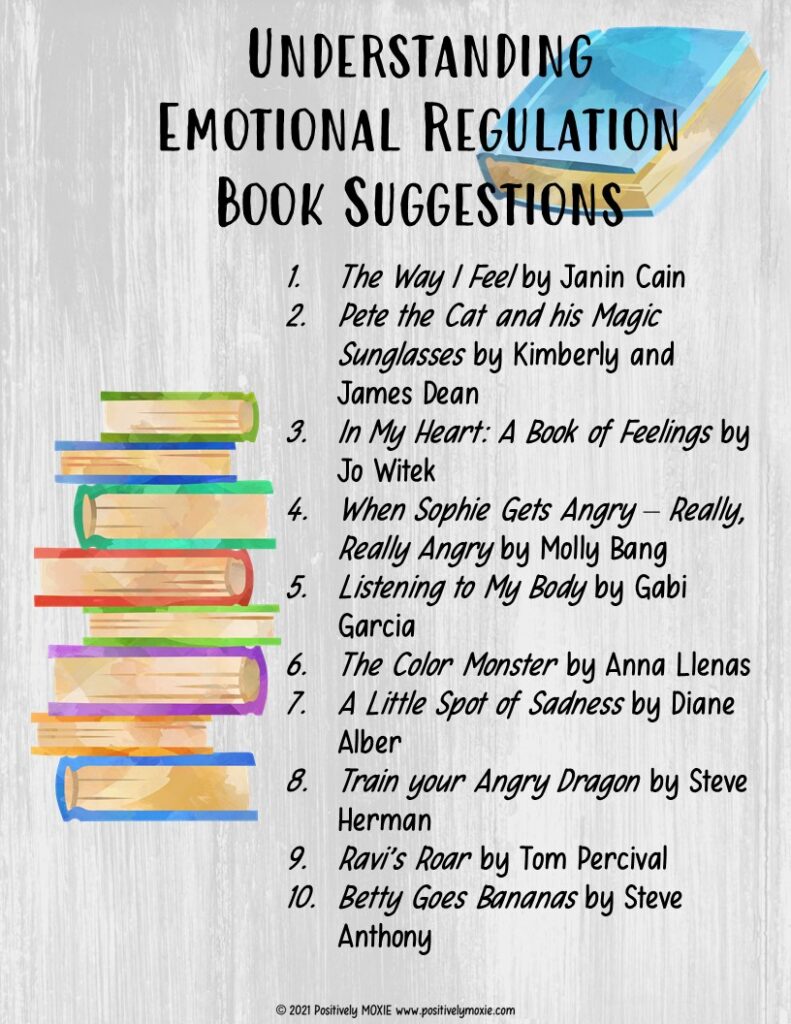
3) PLAY A GAME
Another activity to help kids with emotional regulation is to play a game together. Playing is foundational in development. When we play a game we learn a whole host of skills including how to share, negotiate, take turns, follow rules and directions, problem solve, deal with disappointment, interact and connect socially and most importantly, have fun! Stuart Brown, in his book, Play, discusses the importance of play and what happens when young people don’t have the ability to play. Deficits from lack of play include the ability to perceive others’ emotional states and give an appropriate response, learn the give-and-take of interactions, and connect emotionally with others. The concept of “game” can be interpreted in many ways. Games can be short, impromptu, board, movement, sports, or group games, just to name a few! Playing games offer relevant opportunities to teach youth emotional regulation skills.
5) BECOME AN EMOTION DETECTIVE
Understanding our feelings requires us to be emotion detectives. This is one of the most difficult skills to develop. There are many times when experiencing an uncomfortable emotion, it is just plain easier to bury the feelings and “deal” with it at a later time. Learning to self-reflect and ask ourselves — why do I feel this way? is key to understanding and processing our feelings. Some of the questions we may ask ourselves include:
What just happened and what was I doing before this occurred? What might have caused my reaction or feelings? If this has to do with a relationship, what happened for this? Are there other feelings underneath my first emotion? What else can I be feeling?
When we can unpack the layers of our emotional experience, we can better understand ourselves, our emotions, and their linked causes. We can learn to be effective “emotion detectives!”
6) PRACTICE MINDFUL BREATHING
Mindful breathing is a well-researched, science-based tool that calms our nervous system by activating our body’s natural relaxation response. Mindful breathing assists the body by slowing heart rate, lowering blood pressure, and improving focus. Focusing on our breath when we are upset, nervous, or stressed is one of the quickest ways to activate our body’s natural relaxation response. When we are in a stressful situation, we tend to breathe quickly in our chest, which revs up the nervous system. Exhaling slowly taps into the parasympathetic nervous system causing us to feel more relaxed and calmer. Taking two minutes to pause and practice mindful breathing can be challenging. We are wired to move. However, when we stop and “take in” the moment and just breathe, this supports a mindful breathing practice. Start small, begin with just pausing and breathing once. Repeat and add two breaths.
Focusing on our breath when we are upset, nervous, or stressed is one of the quickest ways to activate our body’s natural relaxation response.
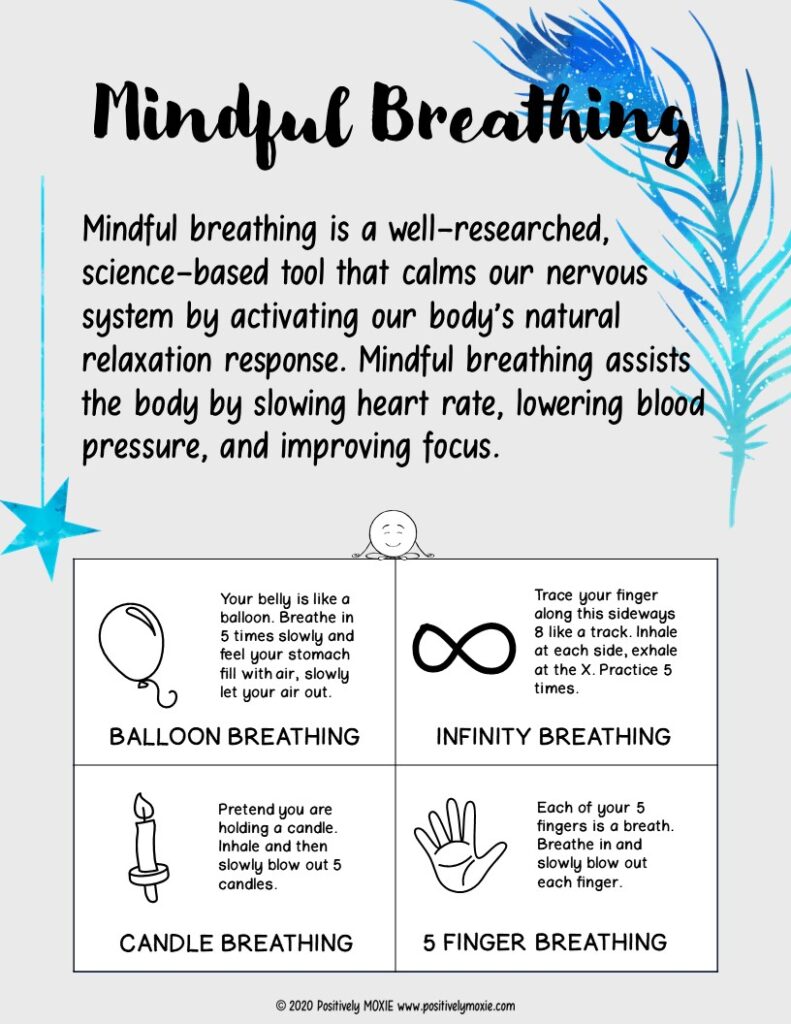
7) PHONE A FRIEND
Being able to connect and talk with a cherished friend is not only reassuring but what we are wired to do as humans. A close friend that cares about us can help us feel better. He or she can also help us see our troubles in a new light. Talking about what is going on with a trusted friend is vital to emotional connection.
8) GET CREATIVE
Getting creative is another great emotional regulation activity for kids. Doodling or coloring provides us something to focus on and is a great activity to decompress which reduces anxiety. Coloring or doodling can be set up in a very simple way with a small notepad and a special pencil or colored pencils to use when needed.
9) EXERCISE
Exercise and movement form one of the foundations of regulating our emotions. When we do not get enough exercise, it affects our mood. Movement and exercise improve brain function by increasing oxygen to the brain through better circulation, cardiac functioning, muscle and bone strength, and digestion. It also releases endorphins and functions to decrease neurons that release when we are anxious, again improving our mood. These factors positively impact cognitive function, attention, and memory which is crucial within a learning environment.
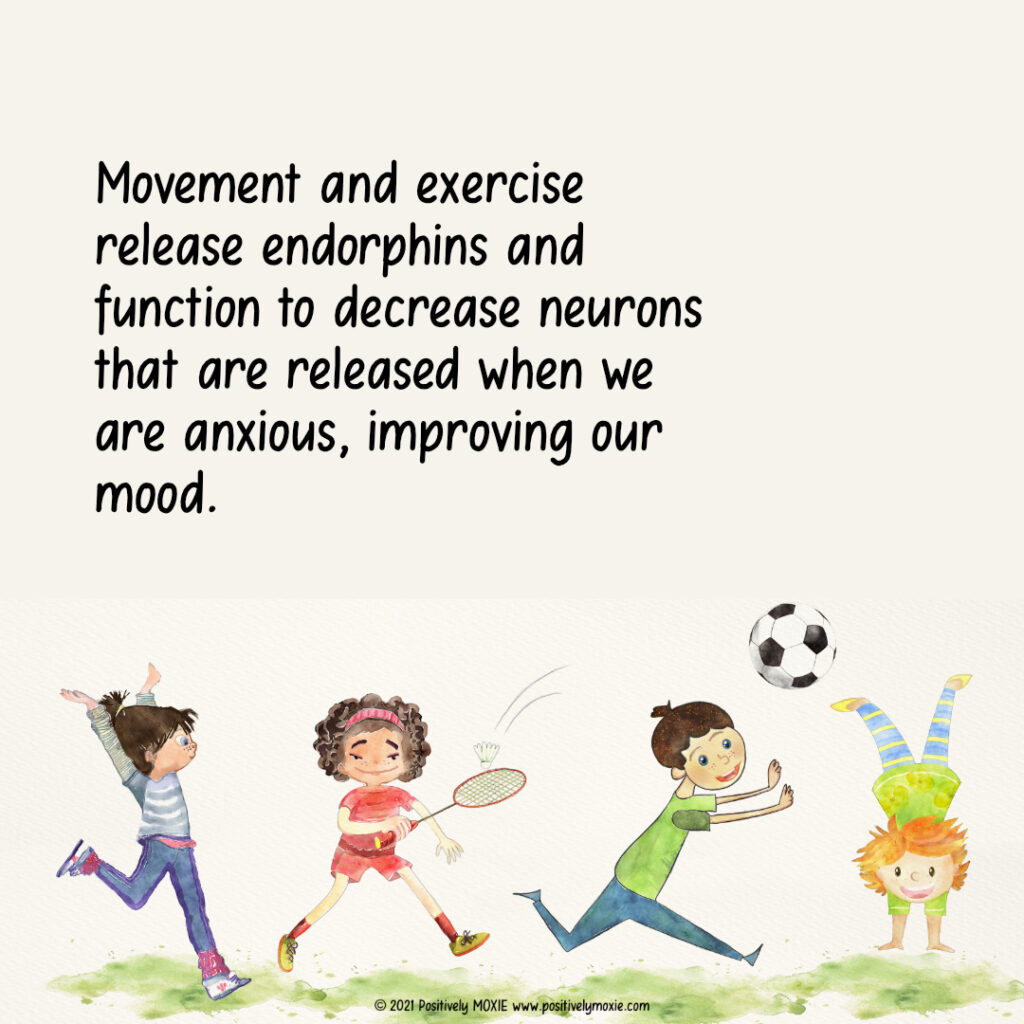
To be sure, emotional regulation is hard! Providing our kids with emotional regulation activities within everyday experiences helps them gain the tools they need to help them learn to navigate their feelings. The underlying message in any emotional regulation strategy is first to recognize the emotion that is being felt and then to release the unease of that emotion. With practice, we become more aware of how our inner state and certain stressors affect us. Learning to emotionally regulate is a personal process that can be mastered by experience and reflection. Using emotional regulation activities helps us with this. Emotions are part of our human condition. How we learn to understand them is up to us.
